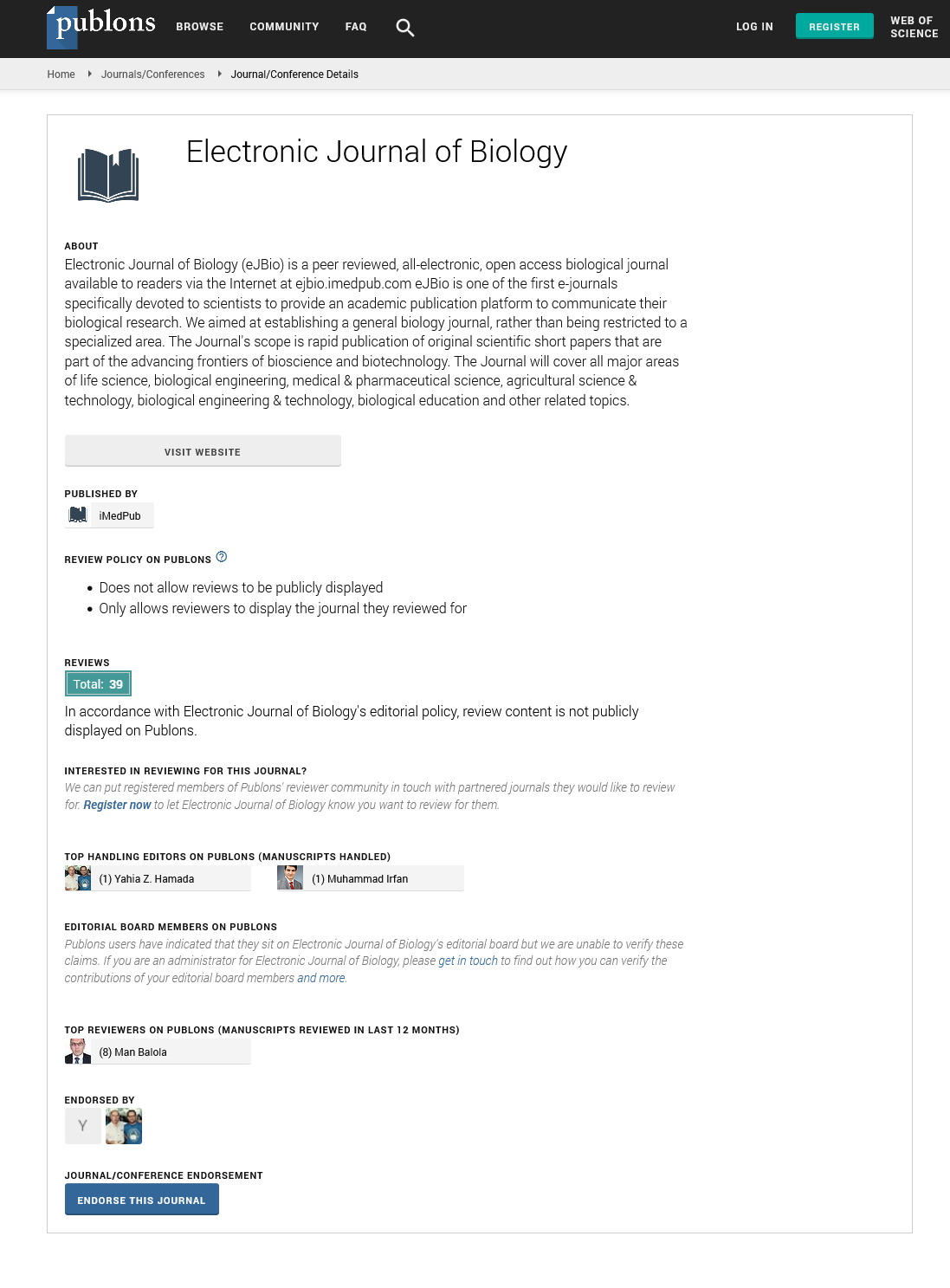Abstract
Cold Pressing Hydrodistillation and Microwave Dry Distillation of Citrus Essential Oil from Algeria: A Comparative Study
Hydro-Distillation (HD), Cold Pressing (CP) and Microwave Clevenger or microwave Accelerated Distillation (MAD) methods have been compared and evaluated for their efficiency in the extraction of essential oil (EO) from fresh Citrus peels. EO from peel of 4 varieties of Algerian sweet orange (C. sinensis), Lemons (C. limon), Citrons (C. medica), sour orange (C. aurantium), grapefruits (C. paradisi) and tangelos (C. deliciosa Ten C. tangerina Hort. ex Tan.) × (C. paradisi Macf.) were analysed by Gas Chromatography-Mass Spectrometry (GC-MS). The EO chemical constituents were identified according to their mass spectra and Kováts retention indices determined on polar and non-polar stationary phase capillary columns. Citrus peel oils contained from 86.69 to 99.31% of monoterpenes with limonene reported to be the major component. The Principal Components Analysis (PCA) and the Canonical Discriminant Analysis (CDA) have been undertaken in order to make a comparison between the three processes of extraction (MAD, HD and CP). The MAD offers significant advantages over traditional alternatives, namely; shorter distillation times (30 min. against 3 h for HD and 1 h for CP); improved yields; environmental impact (energy cost is fairly superior to perform HD and for mechanical motor (CP) than that required for rapid MAD extraction); cleaner features (as no residue generation and no water or solvent used) and provides a more valuable EO (with elevated quantities of oxygenated compounds). Hence, it provides also the ability for enhanced reproduction of natural fragrance of the EO from Citrus fruit.
Author(s):
Mohamed Amine Ferhat, Mohamed Nadjib Boukhatem, Mohamed Hazzit, Brahim Youcef Meklati, Farid Chemat
Abstract | Full-Text | PDF
Share this

Google scholar citation report
Citations : 5001
Electronic Journal of Biology received 5001 citations as per google scholar report
Electronic Journal of Biology peer review process verified at publons
Abstracted/Indexed in
- Google Scholar
- China National Knowledge Infrastructure (CNKI)
- CiteFactor
- Electronic Journals Library
- Zoological Records
- WorldCat
- Proquest Summons
- Publons
- MIAR
- Openaccessarticles.com
- Secret Search Engine Labs
Open Access Journals
- Aquaculture & Veterinary Science
- Chemistry & Chemical Sciences
- Clinical Sciences
- Engineering
- General Science
- Genetics & Molecular Biology
- Health Care & Nursing
- Immunology & Microbiology
- Materials Science
- Mathematics & Physics
- Medical Sciences
- Neurology & Psychiatry
- Oncology & Cancer Science
- Pharmaceutical Sciences


